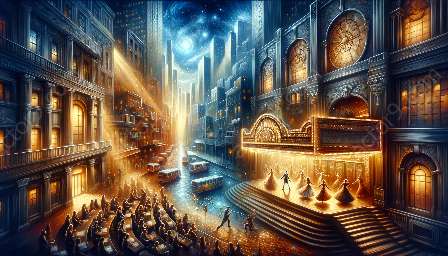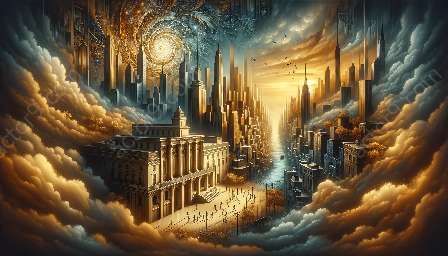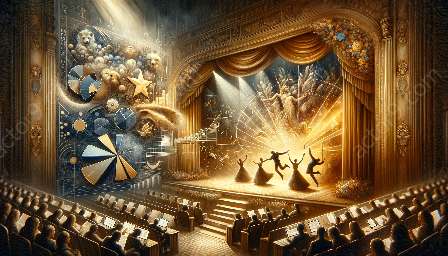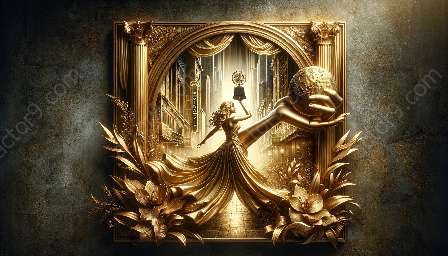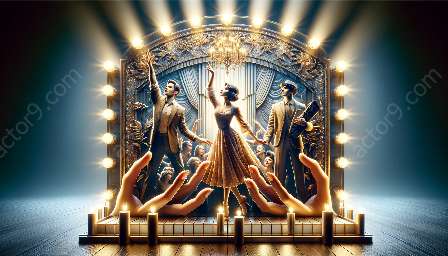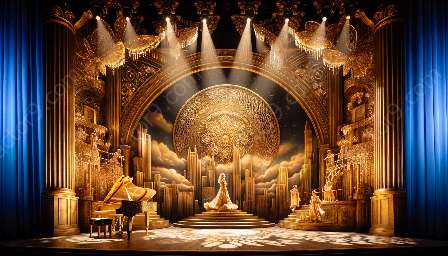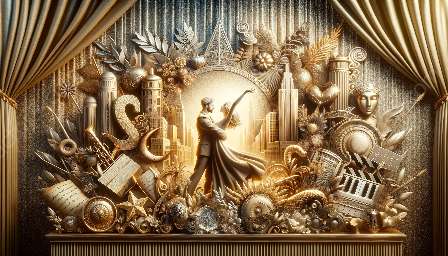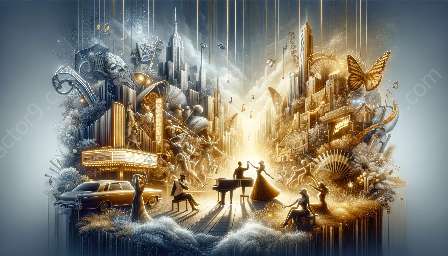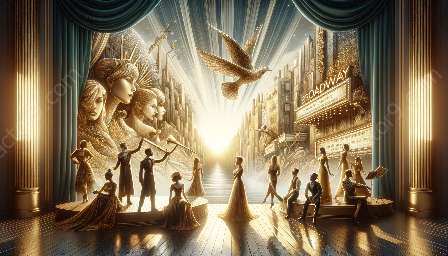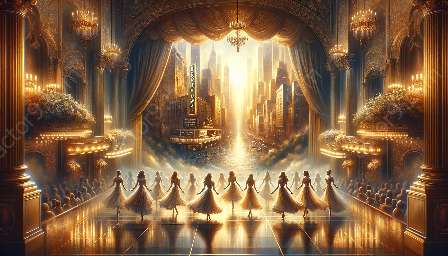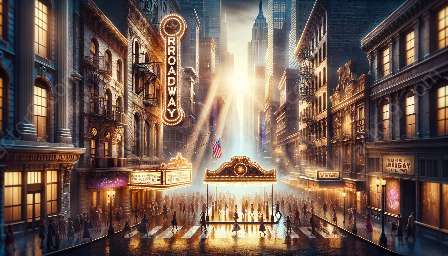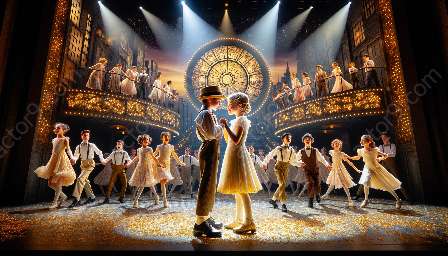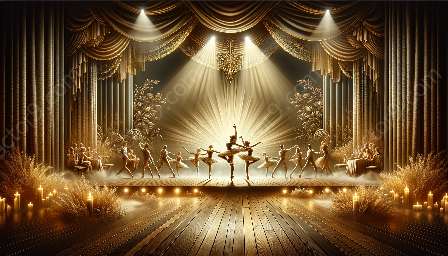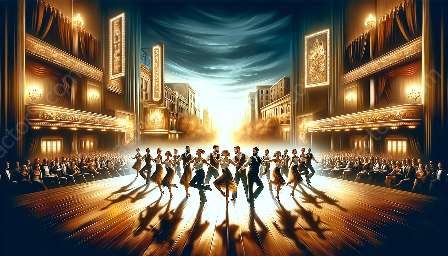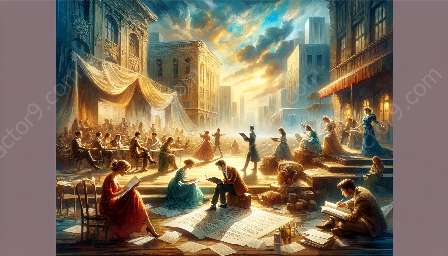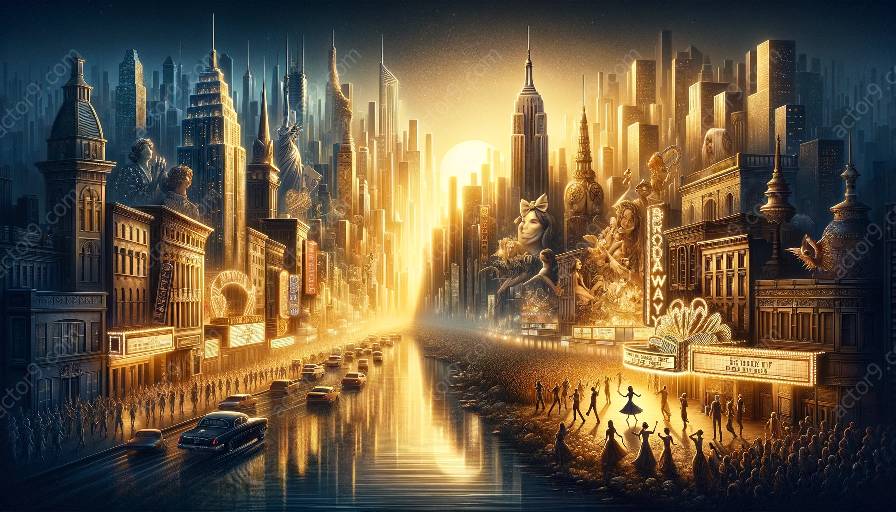When examining the evolution of Broadway musical styles, it becomes clear how each era has contributed unique characteristics and innovations to the overall history of musical theater. From the classic compositions of the Golden Age to the modern, diverse productions of today, each period holds its own distinct charm and influence. Let's delve into the key characteristics of different eras to understand the rich tapestry of Broadway musical styles.
The Golden Age of Broadway
The golden age of Broadway, roughly spanning from the 1940s to the 1960s, gave rise to a plethora of timeless classics that have continued to enchant audiences for decades. Musicals from this era, such as "West Side Story," "The Sound of Music," and "Guys and Dolls," are known for their lush orchestrations, memorable melodies, and captivating storytelling. The songs and scores often featured elements of jazz, swing, and big band music, reflecting the popular musical styles of the time.
Key Characteristics:
- Romantic melodies and emotionally charged lyrics
- Incorporation of big band and jazz influences
- Integration of dance and choreography as integral storytelling elements
- Emphasis on traditional showmanship and lavish production design
The Concept Musical Movement
As the 1960s and 1970s unfolded, Broadway entered a period of innovation and experimentation with the advent of the concept musical movement. Productions such as "Company," "Cabaret," and "Follies" deviated from traditional linear narrative structures and explored complex themes while incorporating a diverse range of musical styles and influences.
Key Characteristics:
- Non-linear storytelling and fragmented plotlines
- Exploration of darker and more intricate subject matter
- Utilization of rock, pop, and contemporary music styles
- Integration of more abstract and minimalist staging and set design
The Modern Era and Diversity in Musical Theater
In contemporary Broadway productions, the musical landscape has become increasingly diverse, reflecting a more inclusive and globalized society. Musicals such as "Hamilton," "In the Heights," and "Dear Evan Hansen" have pushed the boundaries of traditional musical theater by embracing a wide range of musical genres and cultural influences.
Key Characteristics:
- Fusion of hip-hop, R&B, and other contemporary music styles
- Incorporation of diverse cultural narratives and perspectives
- Exploration of socially relevant themes and current events
- Emphasis on innovative staging techniques and multimedia integration
In Conclusion
The evolution of Broadway musical styles has been a dynamic journey, marked by periods of traditional grandeur, artistic experimentation, and contemporary innovation. From the romantic nostalgia of the Golden Age to the boundary-pushing diversity of modern musicals, each era has left an indelible mark on the fabric of Broadway, shaping its enduring legacy as a beacon of creativity and storytelling.





